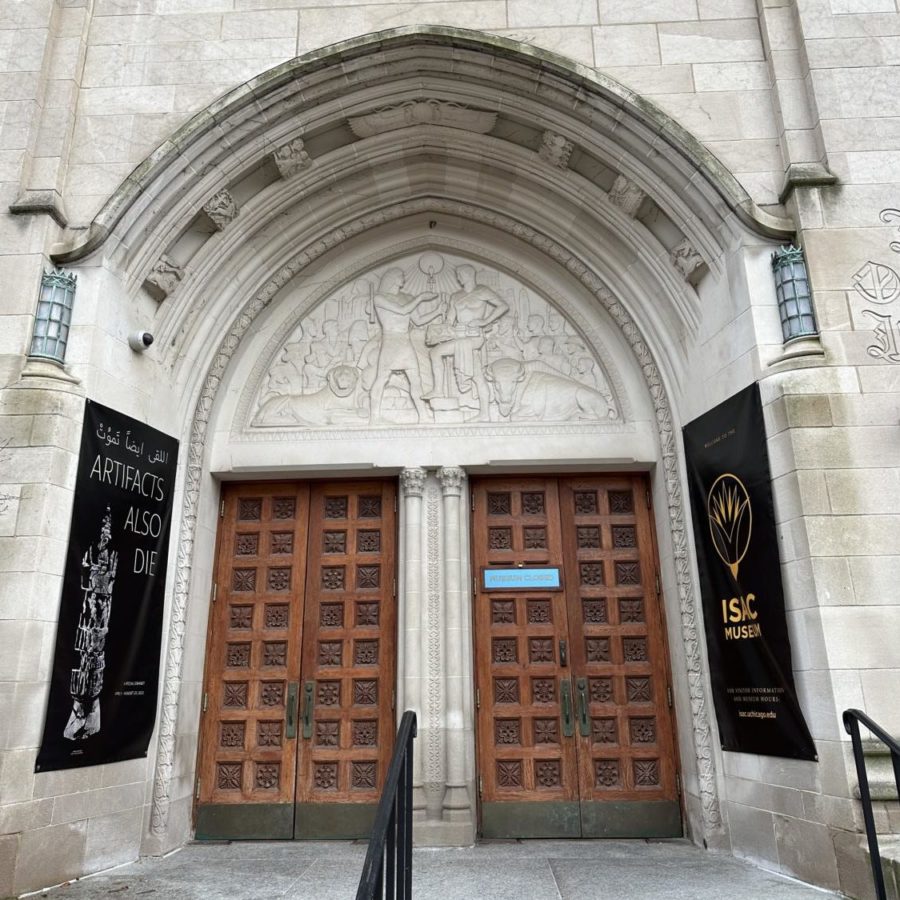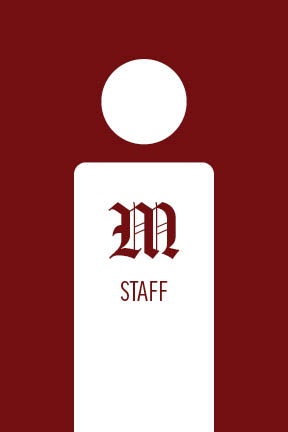Last Tuesday the Maroon published a profile of Lamont Herron, a Noodles Etc. employee in Hutch Commons who joined the University after participating in the Garfield Park Inspiration Kitchen program—a free, 13-week cooking course aimed at low-income Chicagoans. Inspiration Kitchen is one of the many training and job placement programs around Chicago dedicated to giving those with few opportunities a chance to start a career in a variety of fields. The University should be applauded for the steps it has already taken to provide jobs to the surrounding community. As the campus continues to expand and the University takes on a larger role in Hyde Park’s commercial activity, it would be wise to make an even greater effort to hire from such programs.
As one of the largest employers in the city of Chicago, the University can use its resources to carry out its stated mission to enrich lives, both on campus and off. A common criticism of ivory tower institutions like the U of C is that they close themselves off in a bubble. However, hiring from programs that train residents with limited opportunities sends a message to the community that the University is sincere in its efforts to be a positive, responsive force in the city. Continuing to improve these relations will ensure that, in the future, the University’s growth will be accompanied by the community’s own improvement, and vice versa.
Taking advantage of its unique position, the U of C has already made efforts to collaborate with other second-chance programs. In October 2007, the University paired up with the Cara Program—a nonprofit devoted to fighting poverty throughout Chicago—to create the Career Pathways Initiative, aimed at increasing employment throughout the South Side. Part of the U of C’s agreement with Aramark requires giving back to the community, and Aramark’s hiring through Inspiration Kitchen is a clear example of this.
And there are plenty of opportunities to continue and enhance community involvement. With the construction of new buildings such as the Logan Center and the Becker Friedman Institute, the University will be looking to fill many new retail and construction positions on campus. Collaborating with the Cara Program and similar initiatives will not only help to fill these positions but also give a boost to the reputation of the University and its Career Pathways Initiative. Additionally, the U of C has been cooperating with the City on projects like Harper Court and creating a new Metra station; one of the stated commitments of this partnership is to give preference to minority and women-owned businesses to be a part of the developments. The University could augment this effort by hiring those in the community involved in programs like Inspiration Kitchen and the Career Pathways Initiative.
The U of C is a large institution with serious hiring power, and as it continues to grow this will only become truer. Efforts such as the Career Pathways Initiative go a long way towards giving back to the community, and the University should recognize that every step it takes to improve the community is also a step it takes to improve the University itself.
The Editorial Board consists of the Editor-in-Chief, Viewpoints Editors, and an additional Editorial Board member.








